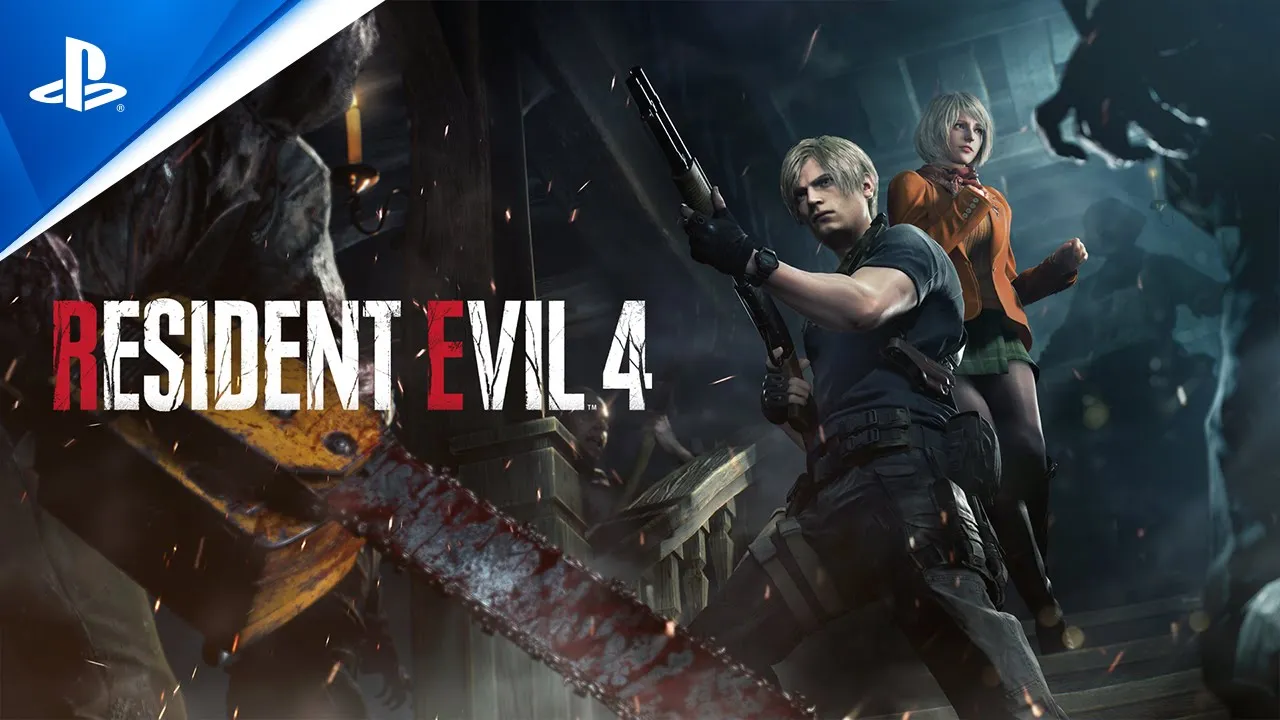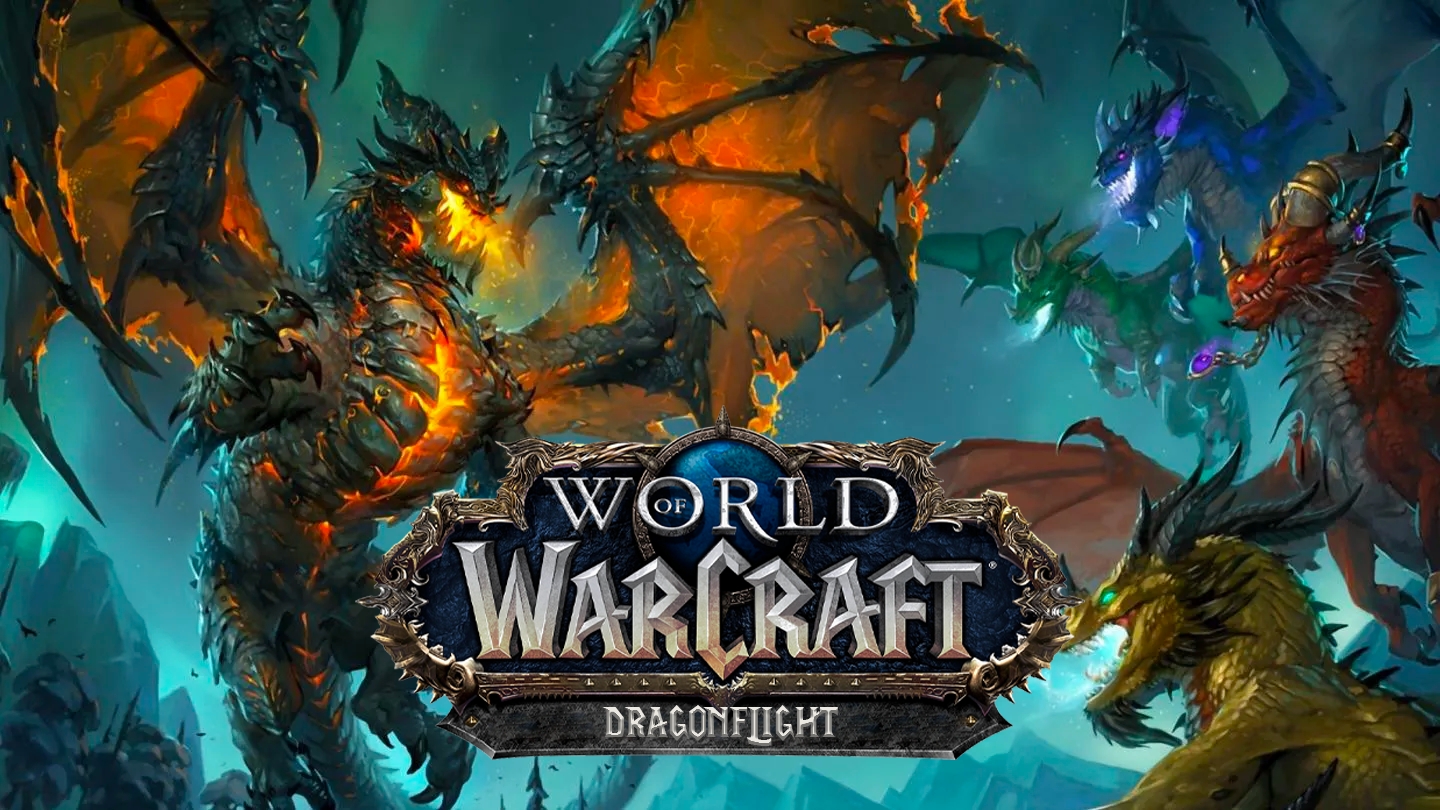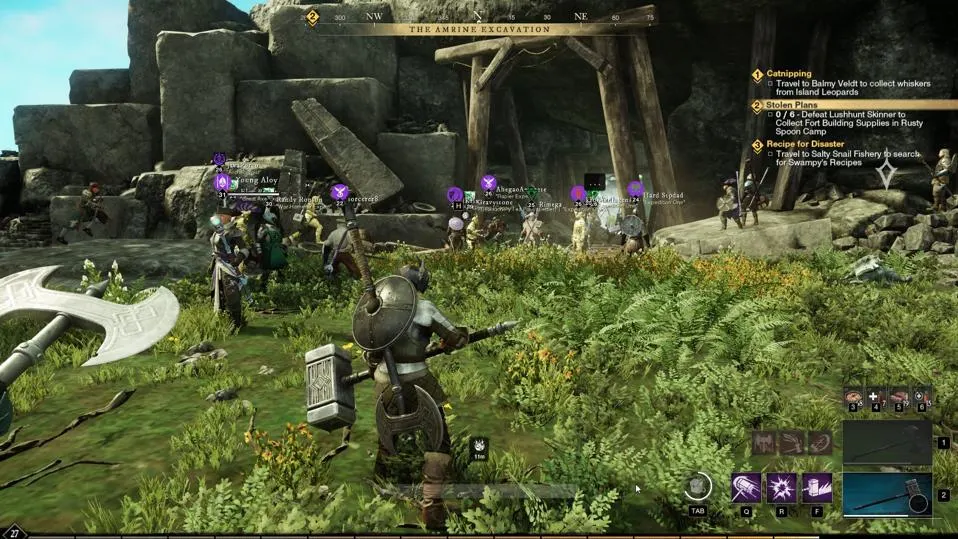Introduction
“Tomb Raider: Underworld,” released in November 2008, is the ninth installment in the acclaimed “Tomb Raider” series, developed by Crystal Dynamics and published by Eidos Interactive. As a direct sequel to “Tomb Raider: Legend,” it continues the adventures of the iconic archaeologist Lara Croft. Set against the backdrop of ancient myths and mysterious artifacts, the game blends exploration, puzzle-solving, and action in a thrilling narrative.
In this review, we will delve into the game’s key features, gameplay mechanics, visual presentation, sound design, and overall reception. Additionally, we will provide a comprehensive FAQ section to address common inquiries about “Tomb Raider: Underworld.”
Key Features and Gameplay
Dynamic Exploration and Adventure
“Tomb Raider: Underworld” is celebrated for its expansive and immersive environments, which offer a sense of freedom and discovery. The game features diverse locales, from lush tropical islands to icy caverns, each meticulously designed to enhance the exploration experience. Lara Croft’s journey takes her through a variety of settings, each filled with secrets, hidden passages, and ancient puzzles.
Engaging Puzzle Solving and Platforming
A core aspect of “Tomb Raider: Underworld” is its intricate puzzle-solving and platforming mechanics. The game challenges players with a range of environmental puzzles and physical obstacles that require both creativity and dexterity to overcome. The puzzles are well-integrated into the environment, often involving ancient mechanisms and artifacts that Lara must interact with to progress.
Combat and Stealth Mechanics
While exploration and puzzles are central to “Tomb Raider: Underworld,” the game also incorporates combat and stealth elements. Lara is equipped with a variety of weapons, including pistols, shotguns, and rifles, allowing players to engage enemies in dynamic firefights. The combat system is responsive and fluid, offering a satisfying balance between action and strategy. Additionally, players can utilize stealth tactics to avoid confrontation or gain the upper hand.
Visual Presentation and Graphics
Stunning Visuals and Environment Design
“Tomb Raider: Underworld” boasts impressive graphics for its time, showcasing detailed textures and realistic environmental effects. The game’s settings are richly detailed, from the dense jungles of Thailand to the cold, foreboding landscapes of the Arctic. The attention to detail in the environment design contributes significantly to the immersive experience, making each location feel unique and alive.
Lara Croft’s Realistic Animation and Design
Lara Croft’s character model is one of the standout features of the game, with lifelike animations and realistic physical interactions. The developers made significant strides in capturing the nuances of Lara’s movements, from her agile climbing to her precise combat actions. This attention to detail enhances the overall realism and immersion of the game.
Sound Design and Music
Atmospheric Sound Effects and Audio
The sound design in “Tomb Raider: Underworld” plays a crucial role in creating an immersive atmosphere. The game features a dynamic audio environment, with ambient sounds that enhance the sense of place. Whether it’s the echo of footsteps in a cavern or the rustling of leaves in a jungle, the sound effects contribute to the overall realism and engagement of the gameplay.
Original Soundtrack and Score
The original soundtrack of “Tomb Raider: Underworld,” composed by Jason Graves, complements the game’s adventurous tone. The music features a blend of orchestral and thematic elements that underscore the game’s dramatic moments and action sequences. The score effectively enhances the emotional impact of the narrative and gameplay, adding depth to the overall experience.
Reception and Reviews of
Critical Acclaim and Industry Reviews
“Tomb Raider: Underworld” received generally positive reviews from critics, who praised its engaging gameplay, expansive environments, and technical achievements. Reviewers highlighted the game’s improved graphics and refined mechanics compared to its predecessors. The game holds a respectable score on Metacritic, reflecting its successful reception among critics.
Player Feedback and Community Response
The player community’s response to “Tomb Raider: Underworld” has been largely positive. Fans of the series appreciated the game’s continuation of Lara Croft’s story and the expansion of gameplay elements introduced in “Tomb Raider: Legend.” The game’s challenging puzzles and exploration-focused design were particularly well-received, contributing to its enduring popularity among “Tomb Raider” enthusiasts.
Comparison with Other Tomb Raider Titles
When compared to other titles in the “Tomb Raider” series, “Underworld” is often noted for its balanced approach to exploration, puzzle-solving, and combat. While it may not have introduced groundbreaking innovations, it successfully built upon the strengths of “Tomb Raider: Legend.” Fans of the series consider “Underworld” a worthy entry that captures the essence of Lara Croft’s adventures.
Tomb Raider: Underworld – Technical Aspects and Performance
System Requirements and Performance
“Tomb Raider: Underworld” was designed to run on a range of hardware, making it accessible to a broad audience. The game’s system requirements are modest by today’s standards, allowing it to perform well on a variety of PCs. On consoles, the game delivers a smooth and consistent performance, with few technical issues reported.
Technical Issues and Patches
While “Tomb Raider: Underworld” generally received praise for its technical execution, some players experienced minor bugs and glitches. These issues were addressed through post-launch patches and updates, which improved stability and performance. The developers’ commitment to resolving technical problems contributed to the game’s positive reception.
Conclusion
“Tomb Raider: Underworld” stands as a significant entry in the “Tomb Raider” series, offering a compelling blend of exploration, puzzle-solving, and action. With its engaging gameplay mechanics, stunning visuals, and immersive sound design, the game successfully continues Lara Croft’s adventures while building upon the strengths of its predecessor. Despite some minor criticisms and technical issues, “Tomb Raider: Underworld” remains a beloved title among fans of the series and a testament to the enduring appeal of Lara Croft’s archaeological exploits.
FAQ About Tomb Raider: Underworld
What platforms is Tomb Raider: Underworld available on?
“Tomb Raider: Underworld” is available on multiple platforms, including PlayStation 2, PlayStation 3, Xbox 360, Windows PC, and Mac OS X. The game was also released for the Nintendo DS, with a slightly different version tailored for the handheld console.
Can I play Tomb Raider: Underworld on modern systems?
While “Tomb Raider: Underworld” was originally designed for older hardware, it is possible to play the game on modern systems through various means. The PC version can be run on contemporary operating systems with compatibility settings or through digital distribution platforms that support older games.
How does Tomb Raider: Underworld fit into the “Tomb Raider” series timeline?
“Tomb Raider: Underworld” is a direct sequel to “Tomb Raider: Legend,” continuing the story of Lara Croft as she searches for a powerful artifact. The game’s narrative ties into the larger lore of the “Tomb Raider” series, exploring themes of mythology and ancient civilizations.
Are there any significant changes or improvements from “Tomb Raider: Legend”?
“Tomb Raider: Underworld” builds upon the gameplay mechanics and design introduced in “Tomb Raider: Legend.” Improvements include enhanced graphics, more detailed environments, and refined puzzle-solving mechanics. The game also introduces new abilities and gameplay features that expand upon its predecessor’s design.
What is the general difficulty level of Tomb Raider: Underworld?
The difficulty level in “Tomb Raider: Underworld” varies depending on the player’s experience with the series. The game offers a balanced challenge, with complex puzzles and demanding platforming sections that require skill and perseverance. Players can adjust the difficulty settings to suit their preferences.
Is there a multiplayer mode in Tomb Raider: Underworld?
“Tomb Raider: Underworld” focuses primarily on single-player gameplay, with no dedicated multiplayer mode. The game emphasizes exploration, puzzle-solving, and combat within a single-player experience, allowing players to fully immerse themselves in Lara Croft’s adventures.
Are there any DLCs or expansions for Tomb Raider: Underworld?
“Tomb Raider: Underworld” does not have major DLCs or expansions. However, it did receive additional content in the form of downloadable levels and bonus missions, which were released as part of special editions or promotional offers.



